La relance verte dans la pratique – Politiques budgétaires pour une transformation durable, inclusive et résiliente

Ce rapport présente la troisième et dernière publication de la série La relance verte dans la pratique qui est développée en contribution à l’initiative de conseil économique (« Economic Advisory Initiative ») de l’NDC Partnership.
La relance verte dans la pratique: Exemples du monde entier pour construire en mieux
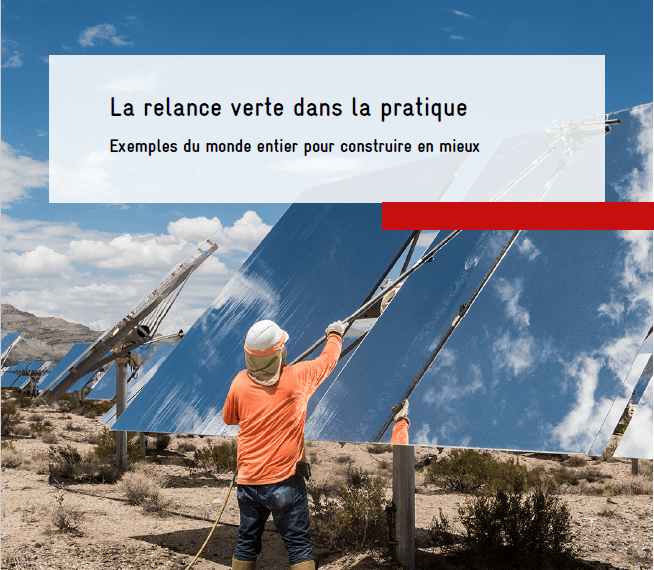
Ce rapport présente une compilation d’exemples susceptibles de servir de modèles pour la mise en oeuvre pratique d’une relance verte. Il s’appuie sur des mesures et des instruments déployés dans différents pays du monde, particulièrement dans des pays émergents et en développement.
Opportunities for Strengthening Resilience by Integrating Climate and Disaster Risk Finance and Insurance (CDRFI) in National Adaptation Plan (NAP) Processes

The result of a collaboration between InsuResilience and the NAP GN, a new report examines entry points for CDRFI to enhance national resilience-building efforts through NAPs. It presents an analysis of ways in which existing National Adaptation Plans and those under way have already integrated CDRFI, and suggests ways for both NAP and CDRFI actors to increasingly consider interlinkages in the future.
Oportunidades para reforzar la resiliencia mediante la integración de financiación y seguros contra riesgos climáticos y desastres naturales (CDRFI por sus siglas en inglés) en los procesos del Plan Nacional de Adaptación (PNAD)

El análisis que se presenta en este informe permite comprender mejor las formas en que los países están integrando las soluciones CDRFI en sus esfuerzos por formular y aplicar los Planes Nacionales de Adaptación (PNAD), así como las oportunidades perdidas. El análisis es resultado de la colaboración entre la Red Global de PNAD y la Asociación Global InsuResilience (IGP).
Possibilités de renforcer la résilience en intégrant le financement et l’assurance des risques climatiques et de catastrophes (CDRFI) dans les Plans nationaux d’adaptation (PNA)
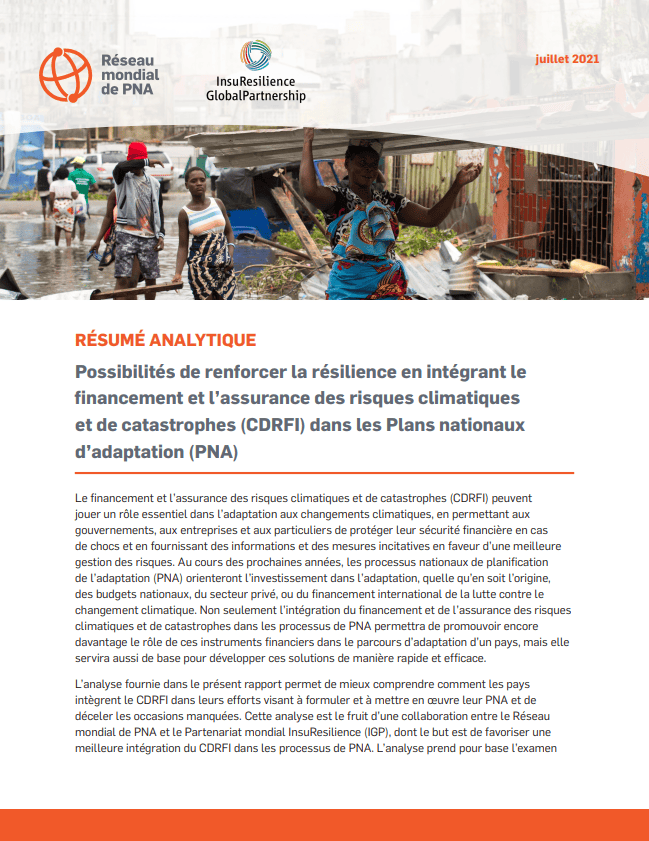
L’analyse fournie dans le présent rapport permet de mieux comprendre comment les pays intègrent le CDRFI dans leurs efforts visant à formuler et à mettre en œuvre leur planification de l’adaptation PNA et de déceler les occasions manquées. Cette analyse est le fruit d’une collaboration entre le Réseau mondial de PNA et le Partenariat mondial InsuResilience (IGP).
Green Recovery for Practitioners: Examples from around the World for Building Forward Better

This report from the publication series ‘Green Recovery for Practitioners’ presents a compilation of 23 examples that show how communities, cities and countries have implemented the idea of a green recovery. Covering a wide range of sectors, entry levels and approaches, it draws upon measures and instruments that have been deployed in more than 20 countries, particularly in developing and emerging economies. Each example reflects on the actors involved, the progress made and the lessons learned so far.
La relance verte dans la pratique: Tracer la voie vers une transformation durable, inclusive et résiliente
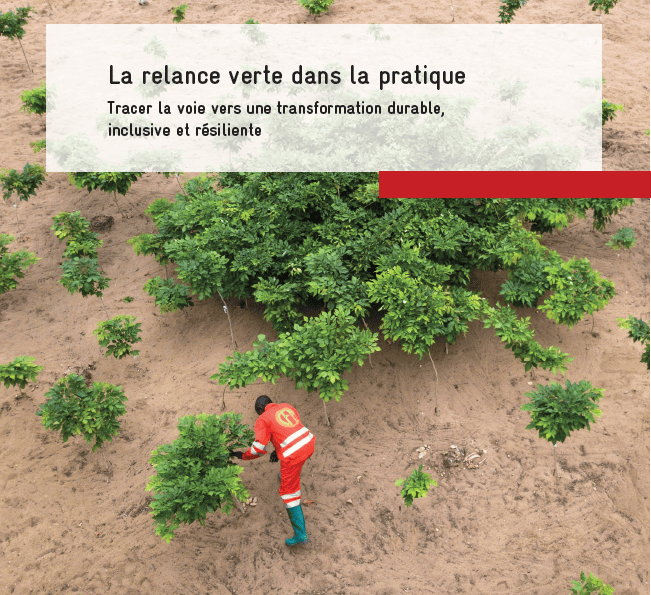
La relance verte est un terme largement utilisé pour désigner les trains de mesures visant à pallier les conséquences sociales, économiques et politiques de la crise de COVID-19 d’une manière qui ouvre la voie à des réformes structurelles à long terme et à un changement de cap vers la durabilité, la protection de la biodiversité, la résilien¬ce et la neutralité climatique. Elle peut être réalisée par le biais de diverses institutions et approches juridiques et politiques, notamment en s’appuyant sur les outils existants mis au point dans le cadre des approches établies de l’économie verte.
Building Resilience With Nature: Maximizing ecosystem-based adaptation through National Adaptation Plan processes
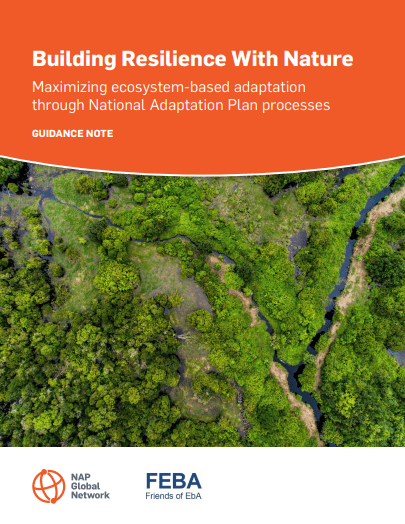
The following guidance note presents “why” and “how” the NAP process can be utilized as a key mechanism and driver to mainstream and upscale EbA. It is based on a recent analysis of 19 completed NAP documents that reviewed the inclusion of ecosystems and uptake of EbA measures. The document builds on the lessons learned from the review and identifies guiding principles and actions accordingly. It also presents an overview of ecosystems, ecosystem services and their role in adaptation, and how managing their transformation under a changing climate can contribute to reducing climate risks and impacts for both people and ecosystems. Furthermore, it focuses on guiding principles and recommended actions along the steps of the NAP process to integrate and enhance EbA.
Building Resilience With Nature: Ecosystem-based Adaptation in National Adaptation Plan Processes
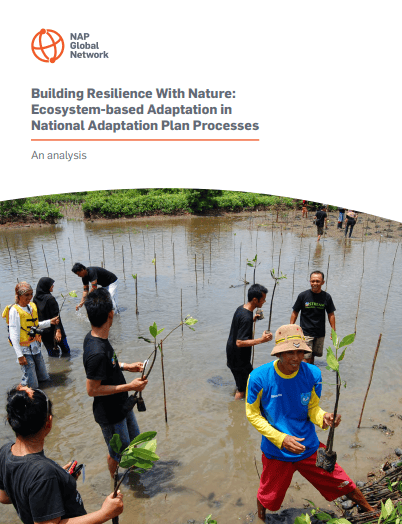
National Adaptation Plan (NAP) processes present a strategic opportunity to raise the profile of EbA approaches, providing a framework—and, potentially, financial resources—for implementation at scale. Based on this , the NAP Global Network undertook a review of 19 NAP documents to better understand the extent to which EbA, as a tool for adaptation, has been taken up in NAP processes. This analysis highlights the extent of integration and identification of ecosystems and EbA into National Adaptation Plans (NAPs), trends in how EbA was incorporated, and opportunities to strengthen the profile and quality of EbA.
Coherence as the process of joint and integrated policy making. Lessons learned from a cross-project collaboration to analyze the implementation of global agendas in Germany.
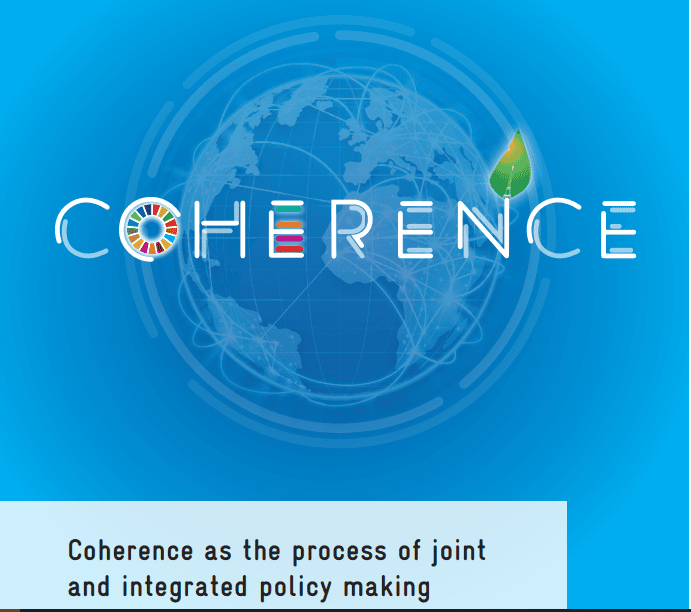
Publication of a case study at the interface of Sustainable Development, Adaptation to Climate Change and Disaster Risk Management
